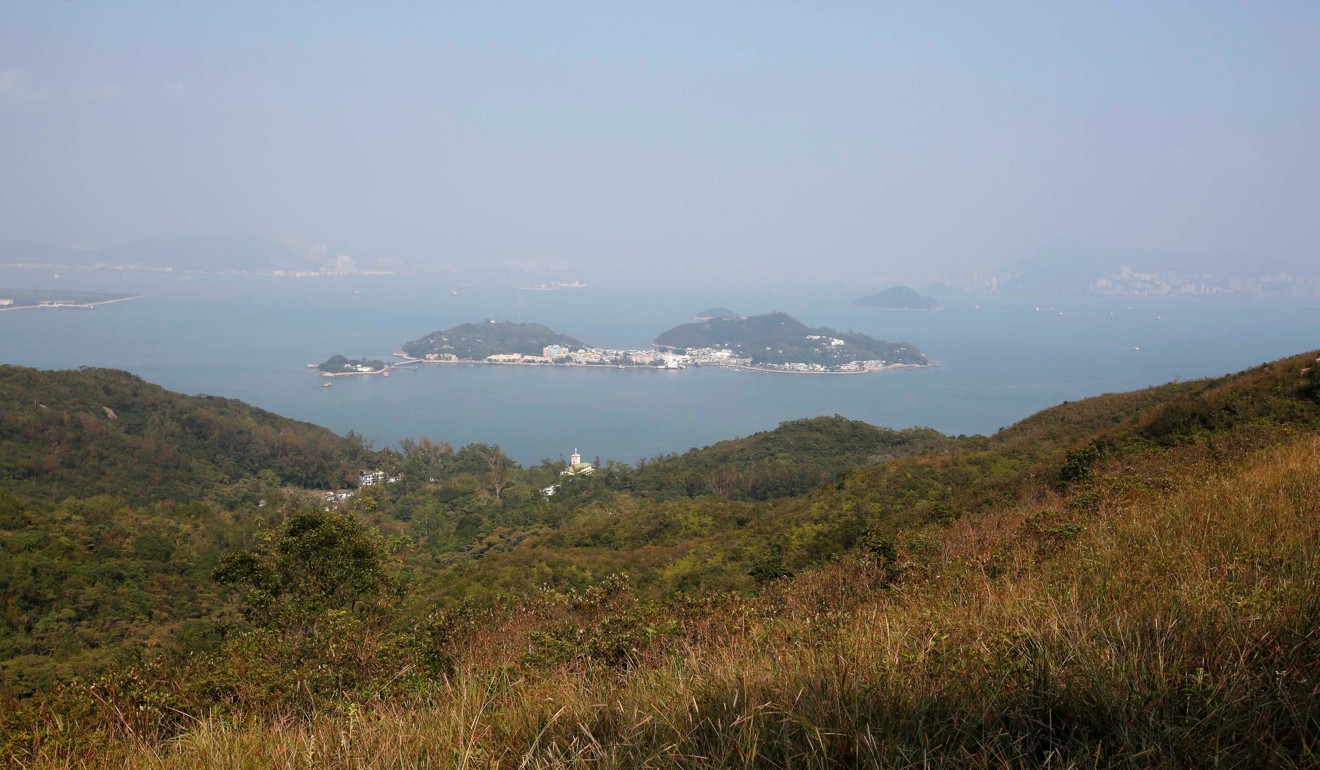
Carrie Lam’s plans for Lantau reclamation ignore Hong Kong’s future integration with the mainland
As an expert in infrastructure finance and a long-term resident of Hong Kong, I would like to offer a fresh perspective on the issue of land supply: it is, in fact, two very different issues, depending on the time frame involved.
In the short/immediate term, Hong Kong needs perhaps 150,000 flats to address current inadequate housing. This should be met via developing brownfield and agricultural sites, scrapping the New Territories’ small-house policy, loosening planning restrictions, resuming People’s Liberation Army land, etc, all of which would allow for building to start relatively quickly.
In the longer term, say 20 years, which is how long it takes to reclaim land and then build on it, Hong Kong’s needs are completely different.

Five reasons to oppose Carrie Lam’s artificial island – apart from its massive price tag
Planning for this sort of time frame should recognise that, whether Hong Kong loses its special administration region status in 2047 or sees it somehow amended, we will be integrated much more closely with the mainland than now and thus the urge to migrate to Hong Kong ought to be much less.
Watch: A tour of the Hong Kong-Zhuhai-Macau bridge
Why a ‘mini Hong Kong’ in mainland China would be a better investment than an artificial island
The chief executive is right to be taking the long-term view: her vision for northeast Lantau to take advantage of the existing link to the airport and become an “aerotropolis” has some merit, and she is entitled to say that “it is quite narrow-minded to avoid doing a thing [just] because it is expensive”.
None of which detracts from the fact that, as with any infrastructure project, the need should be articulated before the solution is proposed.
Andrew Kinloch, Central

